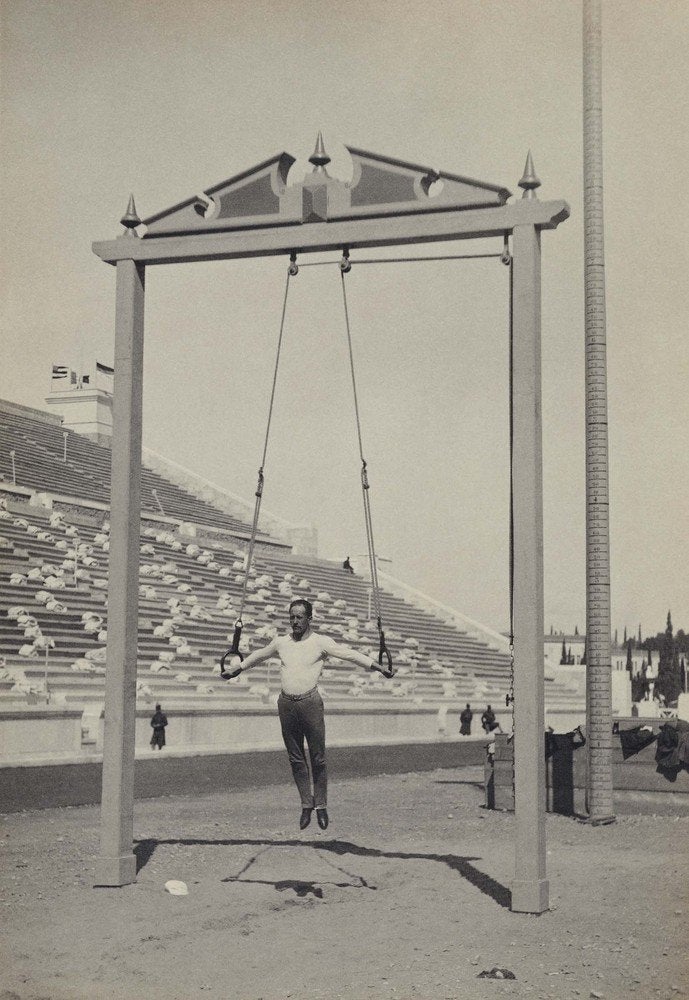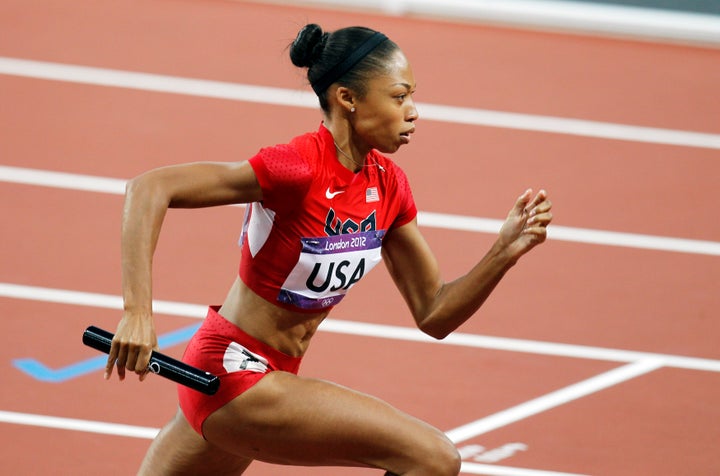
Allyson Felix, the most decorated female sprinter in U.S. history, has already won four Olympic gold medals and two silvers. This year, in her fourth Olympic games, she’s set to represent the U.S. again in the 400-meter sprint and hopes to bring another medal back home.
You’d think that because the 30-year-old Santa Clarita, Calif. resident sprints like the wind she wouldn’t have much relatable advice to give to people who walk or jog for physical activity ― let alone people who struggle to make time for exercise.
Yet while her daily five-hour workouts go above and beyond what most of us could even dream of doing, the standout sprinter has a few tips for walkers and joggers at home who want to kick up their routine to the next level. She shared them with HuffPost during a recent meet-and-greet in Beverly Hills arranged by the runner’s sponsor, Bounty.
Read on and be inspired by the athlete’s approach to exercise and life ― and then don’t forget to watch her event when the games start Aug. 5!
1. Realize that walking is the foundation of everything we do.
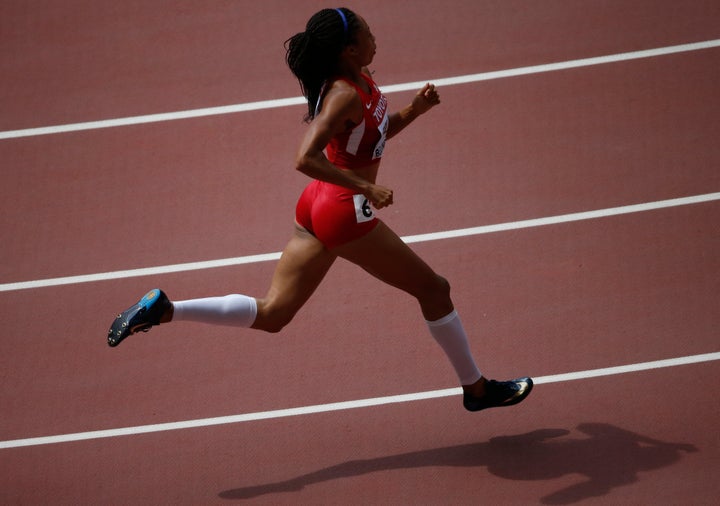
This year, the U.S. Surgeon General made the case for walking (or rolling in a wheelchair) as a simple, easy exercise that anyone could do without the need for a special facility or expensive equipment. And while walking may seem light years slower than the races Felix runs, which typically finish in less than one minute, Felix acknowledges that walking is the foundation of everything she does. If she couldn’t walk, then she couldn’t sprint.
That realization hit home hard this year. After she sprained her right ankle while exercising at the gym back in April, Felix had to take her training back to basics to make sure it healed properly. As soon as she was able, the first thing Felix’s coach asked her to master was a mile-long walk around the track in about 14 minutes.
“I couldn’t even run, but something I could do was walk,” Felix said. “Walking is the basis and foundation of the movements of sprinting ― so you start with that.”
And because walking carries a lower risk of injury than other forms of physical activity, it’s a favorite of both the surgeon general and Felix’s teammates. While she has to work to keep weight on, her teammates who have to work to shed pounds often end their hours-long training sessions with another hour or so of walking.
“There’s only so much demand that your body can take,” she explained. “So if you’ve already put in your workout for the day, the walking on top of it helps because it’s not going to pound your muscles, and it’s not going to fatigue them the same way that sprinting would.”
The doctor says: Dr. Daniel Vigil, a team physician for the University of California, Los Angeles department of athletics, is not involved with Felix’s training but agreed that walking is one of the best ways to rehabilitate a sprained ankle. Anyone from an Olympic athlete to a weekend warrior can accidentally roll their ankle, and walking provides the perfect therapy for injured ankles to re-learn how to function properly.
2. Don’t be afraid to focus on speed.
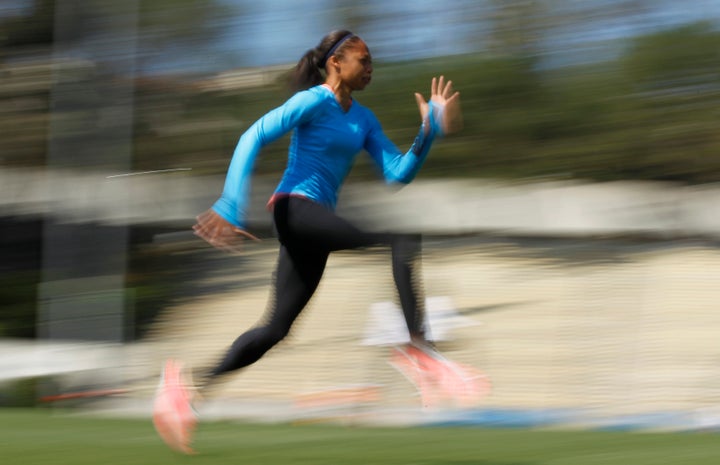
If you’ve been walking around your neighborhood for a while and are looking to kick things up a notch, Felix advises you to set a new pace. If it takes you 20 minutes to walk a few blocks, push yourself to walk that same distance in 15 minutes ― then 10 minutes.
“You want to keep bringing that time down,” the sprinter said. “That’s going to almost give [you] the same benefit that running does.”
Research backs this up: There is no statistically significant difference between moderate walking and running when it comes to lowering one’s risk for hypertension, high cholesterol and type 2 diabetes, according to a 2013 study.
If you’re not ready to speed up your entire routine just yet, consider working at it in intervals. Studies show that alternating between moderate and vigorous bursts of speeds can help accelerate fat loss compared to “steady state” exercise, during which a person maintains a consistent pace. One 2013 study of people with type 2 diabetes found that people who alternated between fast and slow walking intervals lost more weight and fat, and were able to lower their blood sugar levels more than participants who walked at a continuous pace for the same amount of time.
The doctor says: Even someone who isn’t an athlete should focus on speed, because it contributes to greater fitness and enhanced health. And speed work can also prevent previously injured body parts from getting hurt again.
“If we’re talking about an injured ankle, we simply want it to get back to normal,” said Vigil. “But even better than normal is to have one that’s stronger, has better sense of balance and has better endurance.”
3. Stretching is part of exercise — not something to do if you have spare time.
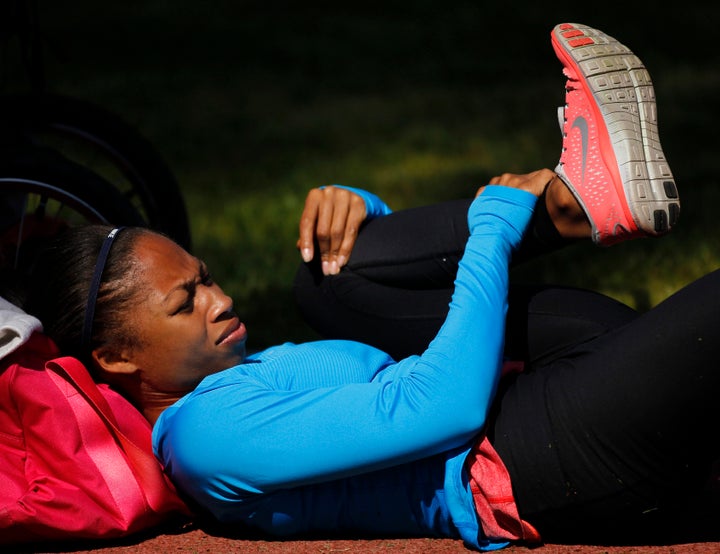
When you first start exercising, it may be tempting to think about the time you have allotted for the activity ― say, 30 minutes ― and then use it all up for the main event. But the truth is that if you have 30 minutes of free time to exercise, at least five of those minutes should be used for stretching.
Before Felix’s five-hour workouts, she stretches for about 30 minutes. Afterward, she cools down with more stretches for another 15 minutes.
“Stretching is key,” Felix says. “Before you stress your muscles, you want to make sure that they’re loose and able to endure what you’re about to put them through.” For walkers and runners, Felix recommends focusing on stretching out the hamstring and quadricep muscles. She also does some dynamic stretching too, which uses movement to help stretch out muscles.
The doctor says: Dynamic stretching with a focus on the hamstring and quadricep muscles is a great move for competitive sprinters like Felix. But home athletes may want to try a gentle, static stretch first.
“There’s not a whole lot of evidence that stretching contributes to any kind of injury prevention, but it’s good to be flexible, so an amount of flexibility lends itself to better comfort [and] better enjoyment of the athletic activity,” Vigil said. “It’s a very gentle, very comfortable way to warm up before your exercise bout.”
4. Strength conditioning is key to improving your times.
While people who choose to walk or run to work out may gravitate toward cardio exercises naturally, Felix says that strength conditioning, which means lifting weights and doing resistance training, is a crucial part of that routine.
“Strength conditioning is essential,” she said. “It’s just a part of running and being active, and I think that you almost want to have an equal amount of time that you’re running and that you’re in the gym.”
For what it’s worth, Felix was deadlifting 270 pounds while she was still in high school, and her power clean was nearly 170 pounds. But your leg days don’t have to be nearly as intense to achieve better walking and jogging times. Some of Felix’s favorite moves include dead lifts and lunges with weights, and she’s also a huge fan of plyometric exercises like box jumps, which focus on building explosive power. But don’t forget classic exercises like pushups and situps, because working on your core will also help you become a stronger walker or jogger.
The doctor says: In addition to injecting more power into your walks and jogs, strength conditioning is also a good way for the weekend warrior to prevent injuries from, say, accidentally stepping in a pothole or stepping off the edge of a curb, said Vigil. If you’ve sprained a joint recently, lift weights to bring the muscles around that joint back up to its original strength. This can help prevent a weak joint from spraining again.
“The stronger your body is, the more likely it is that you’ll prevent that injury from happening,” he said.
For more Olympic coverage:
